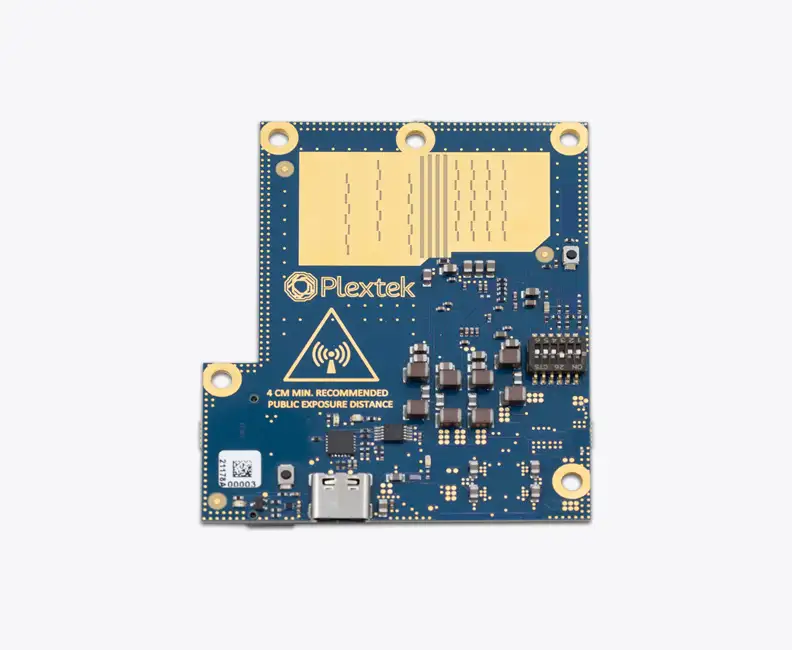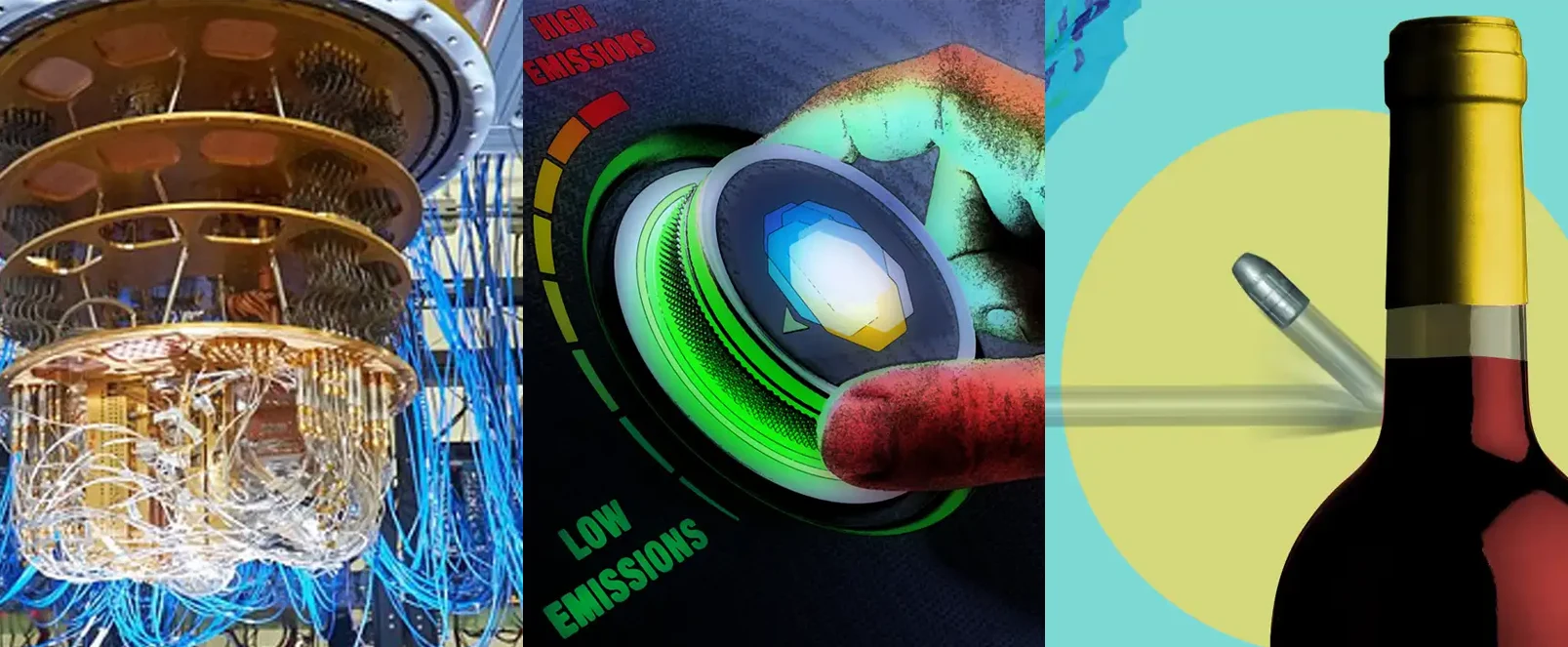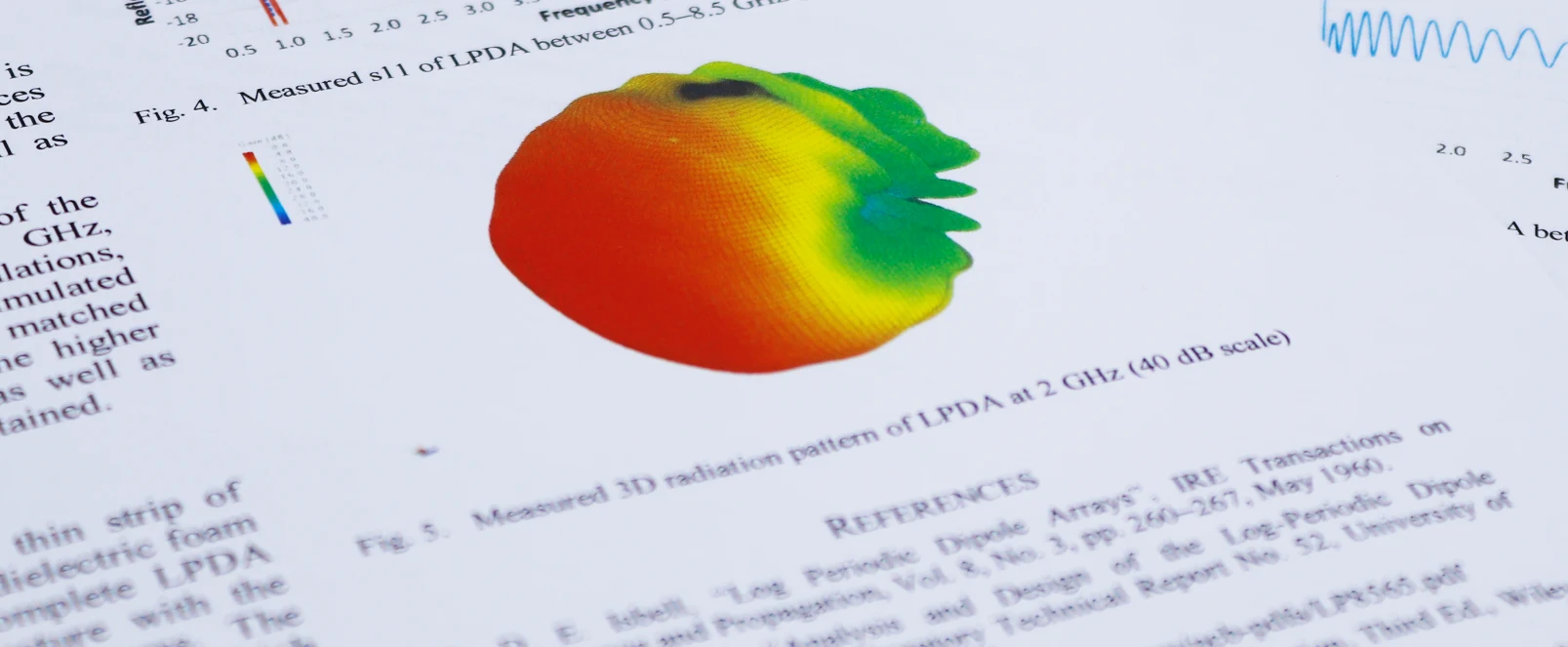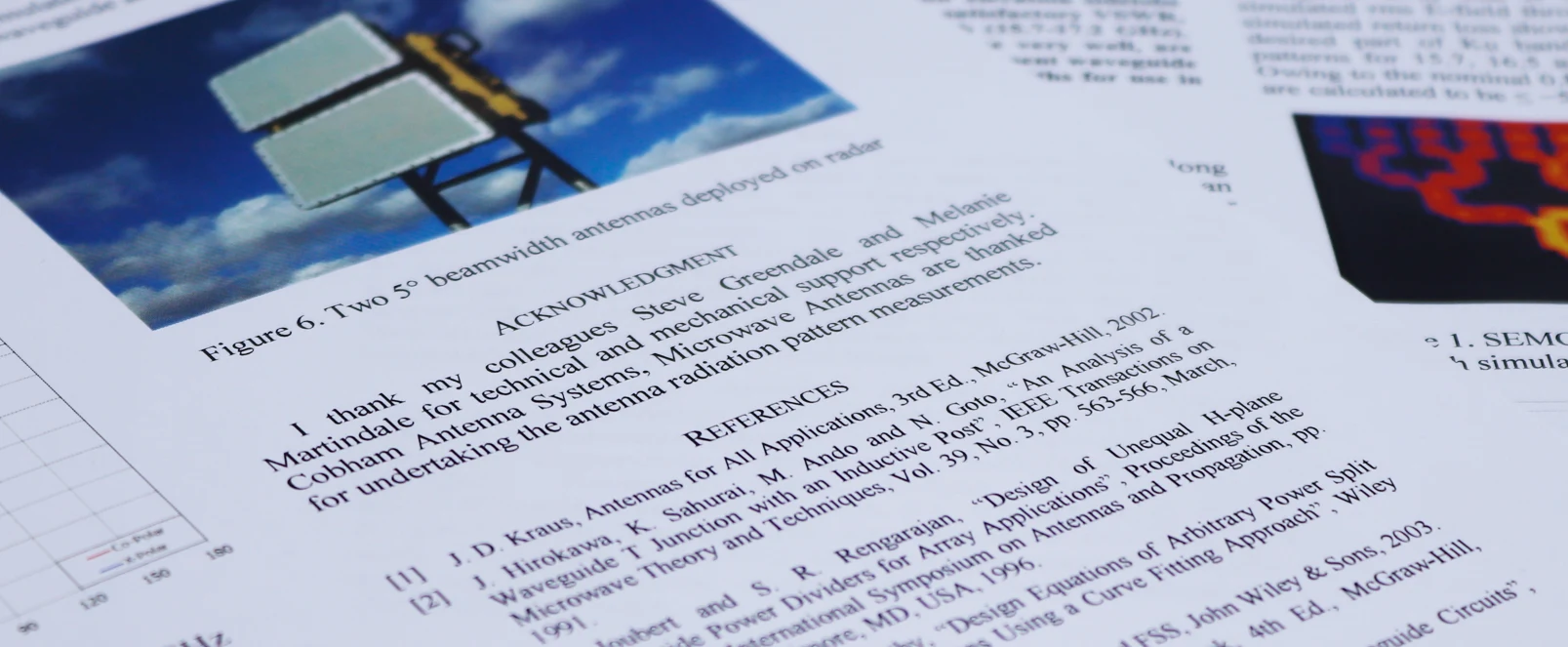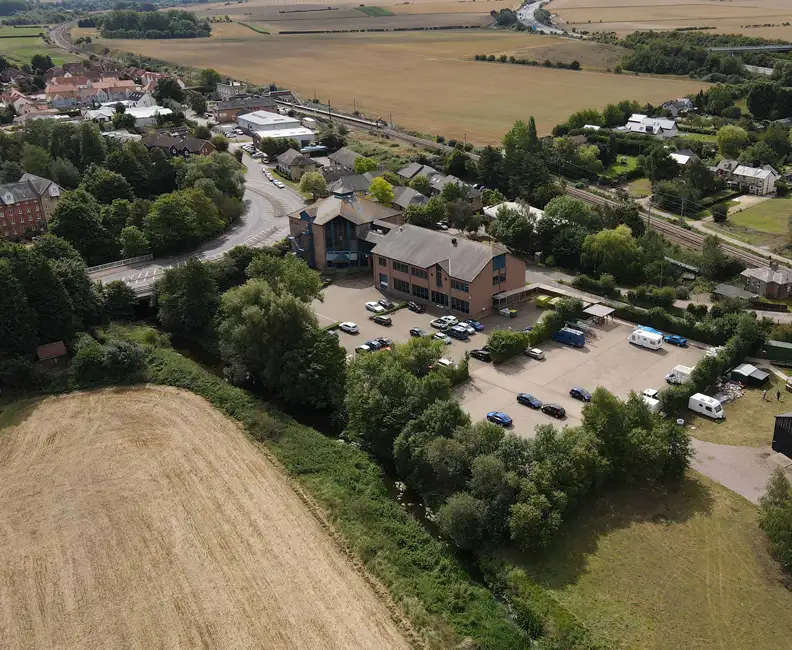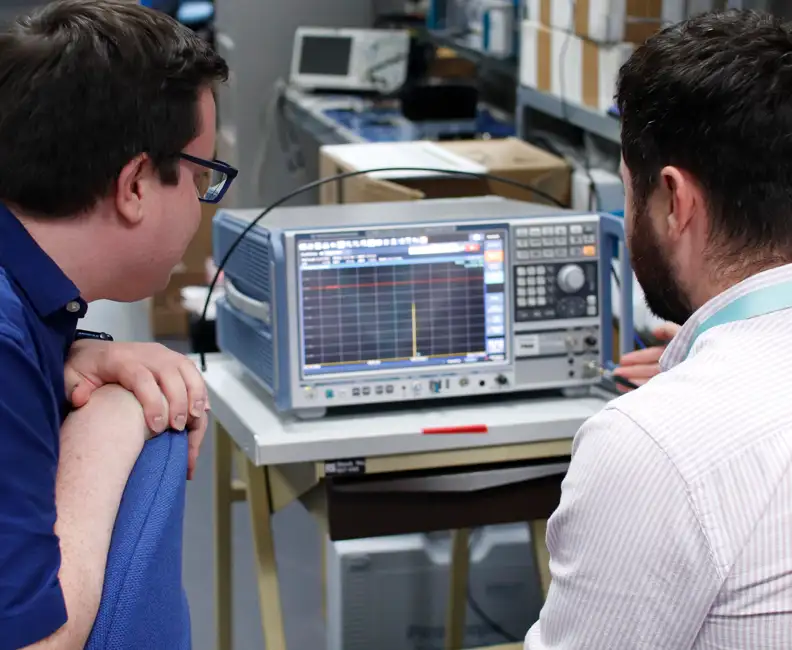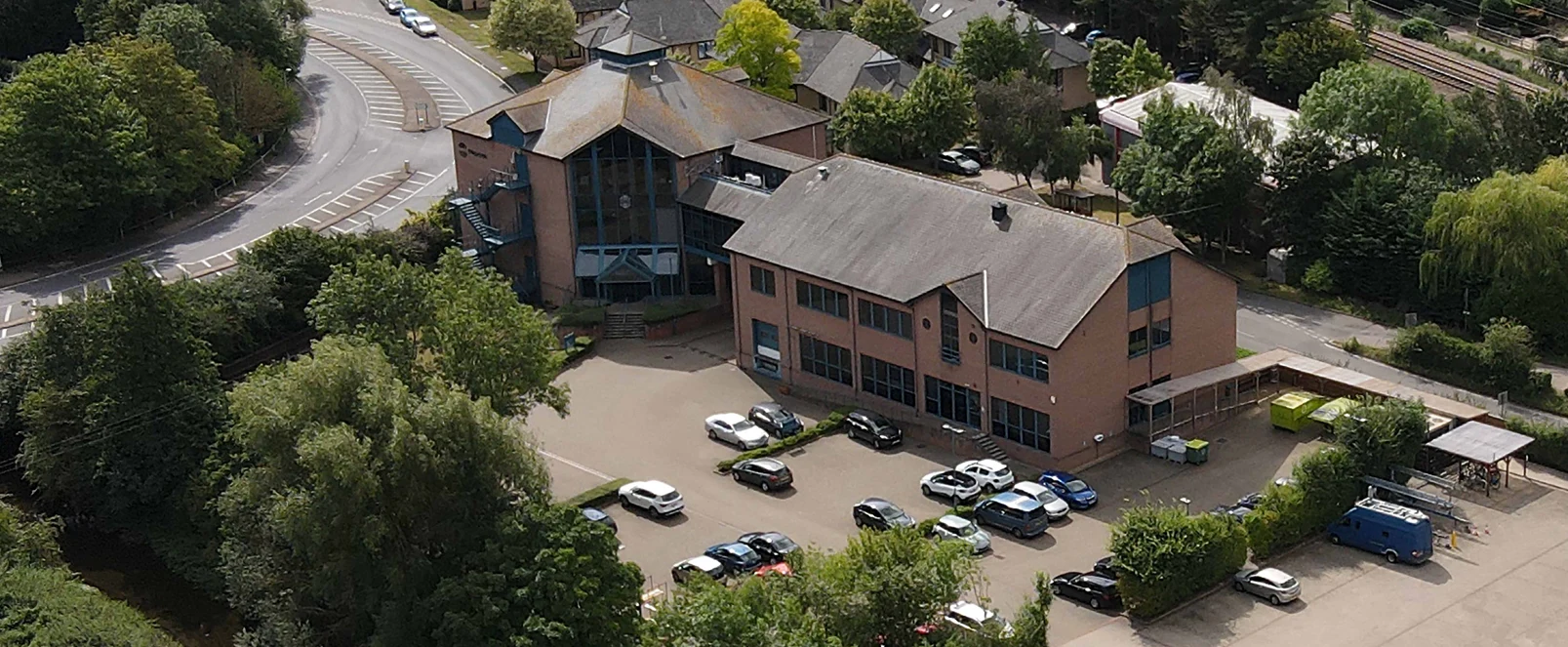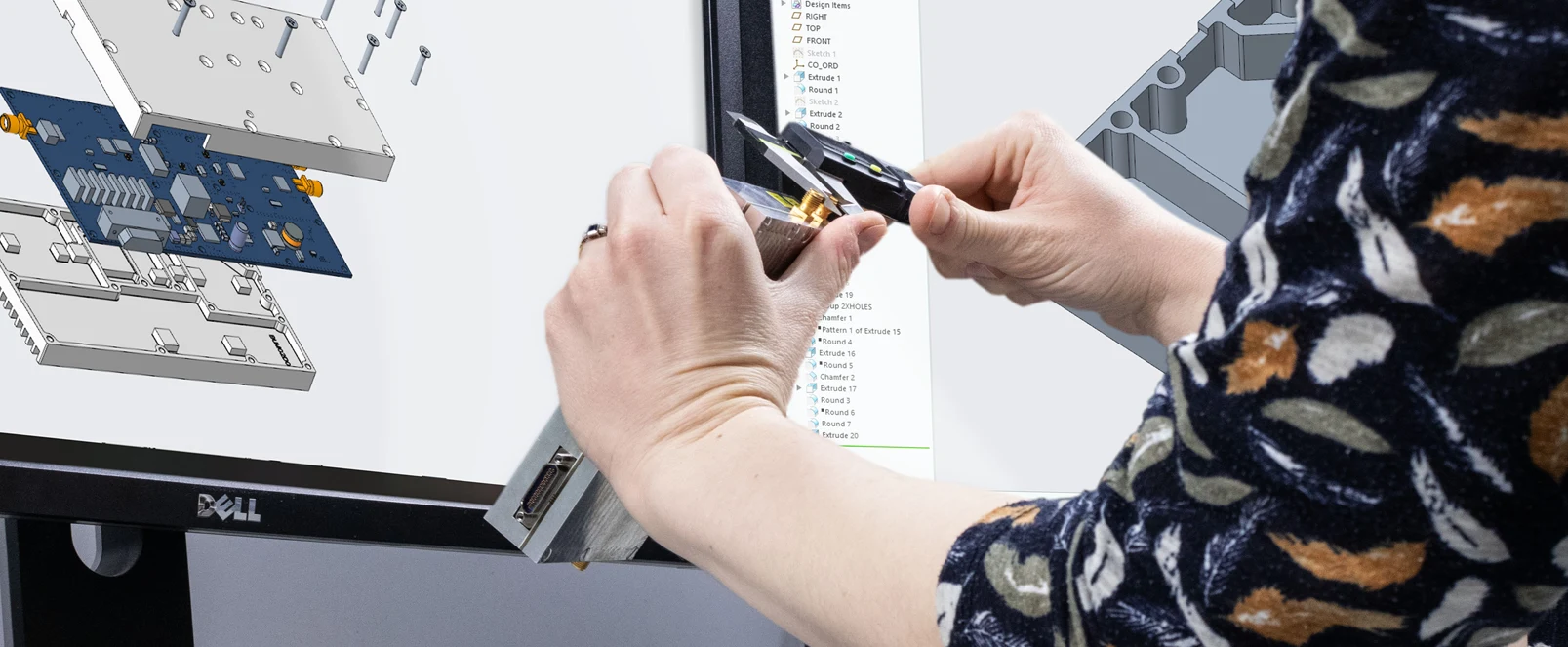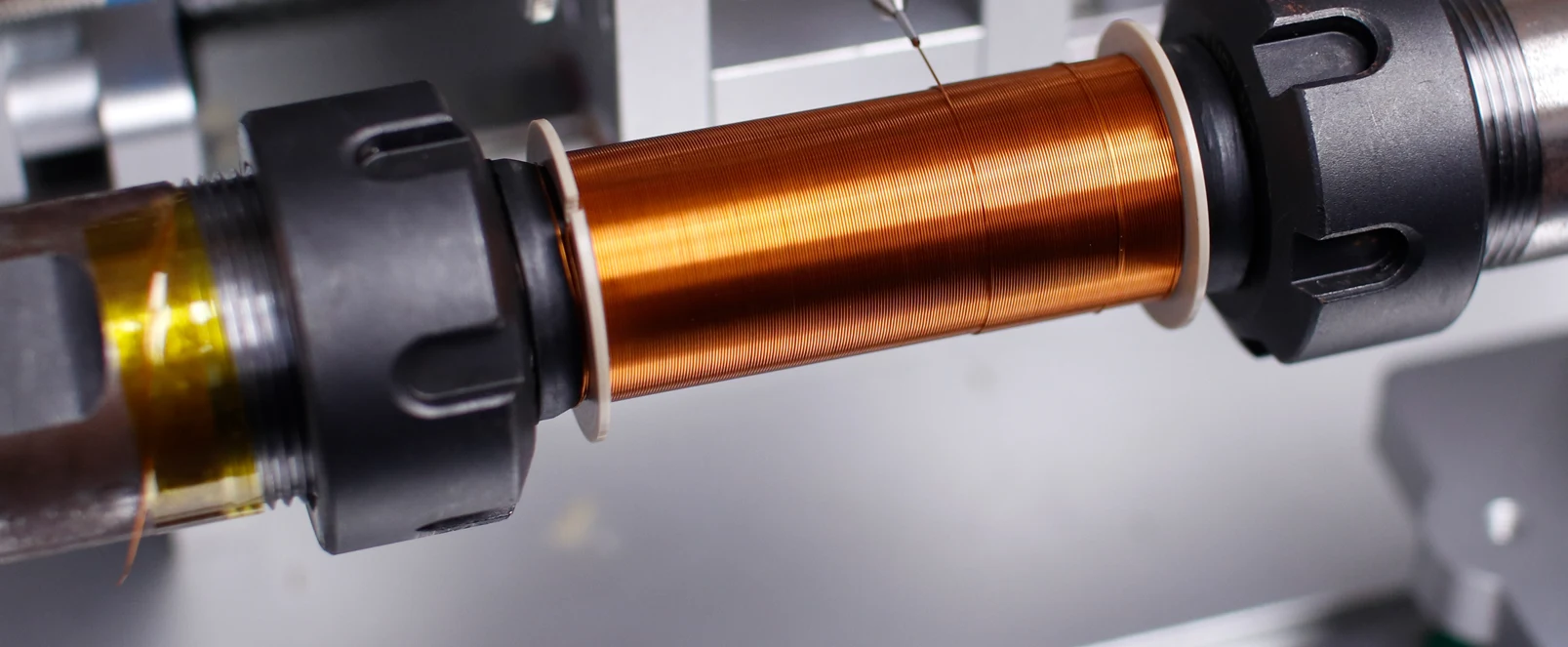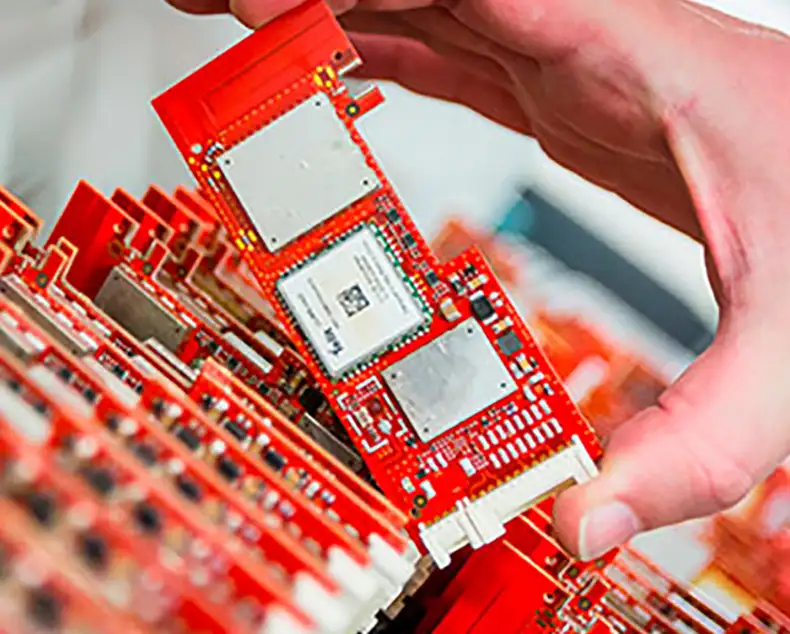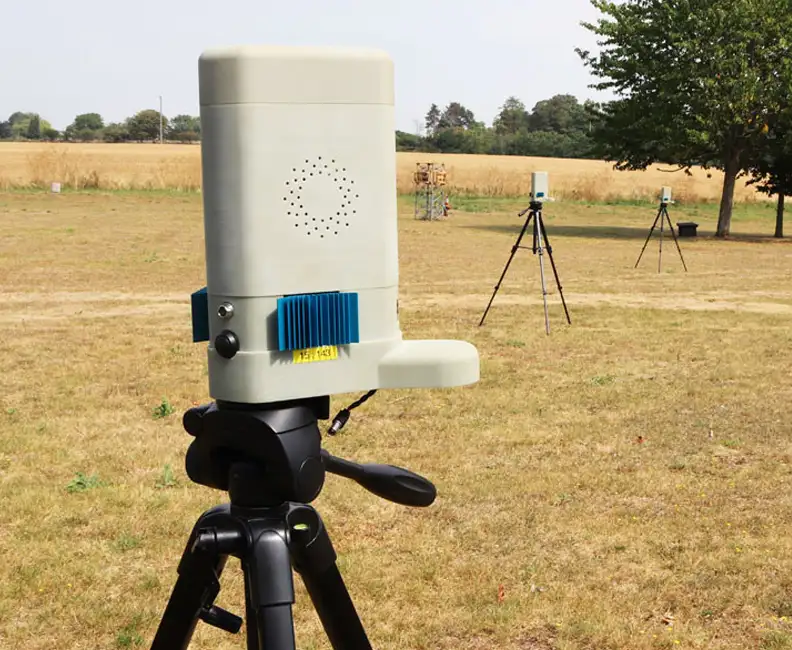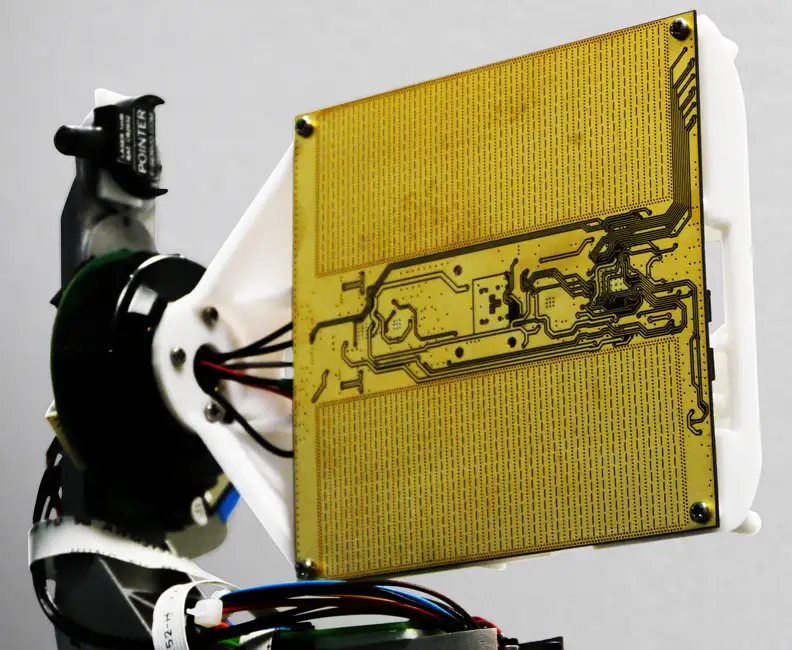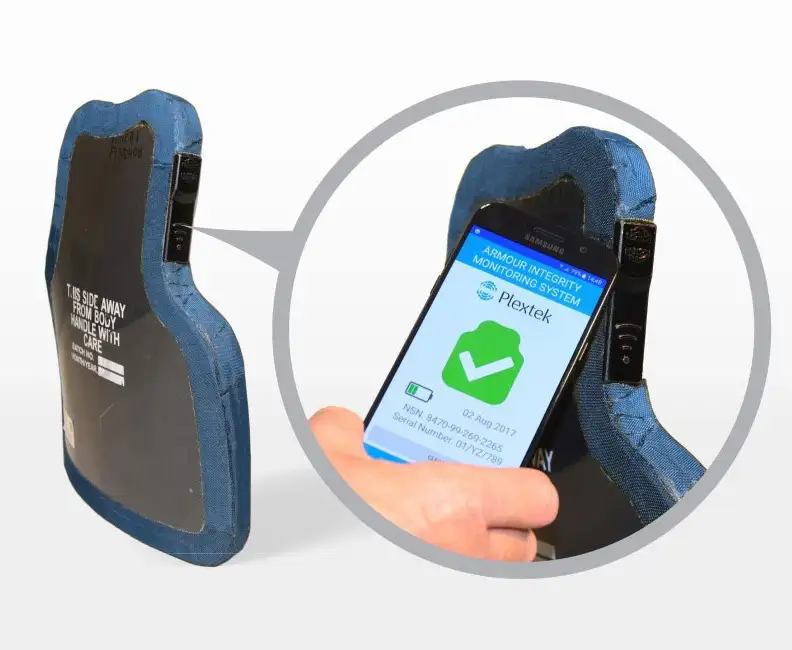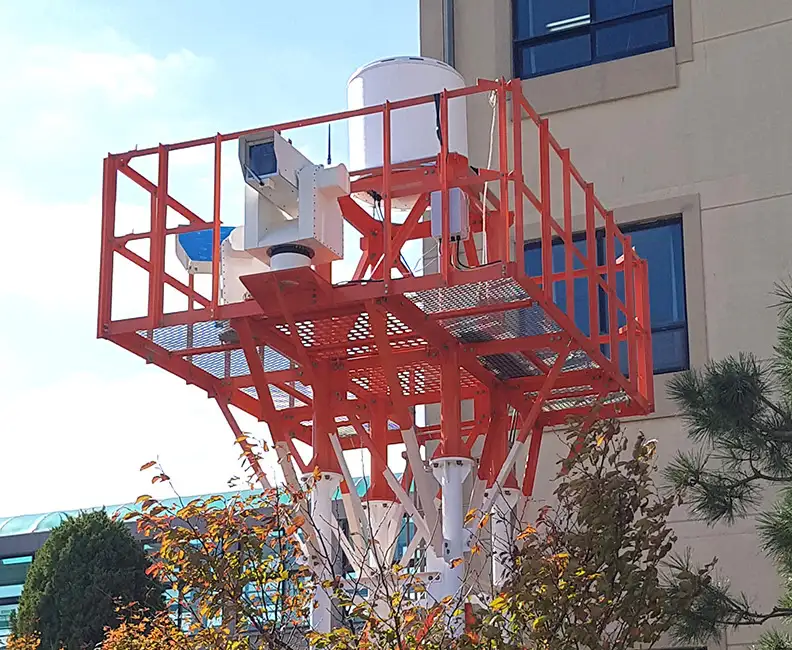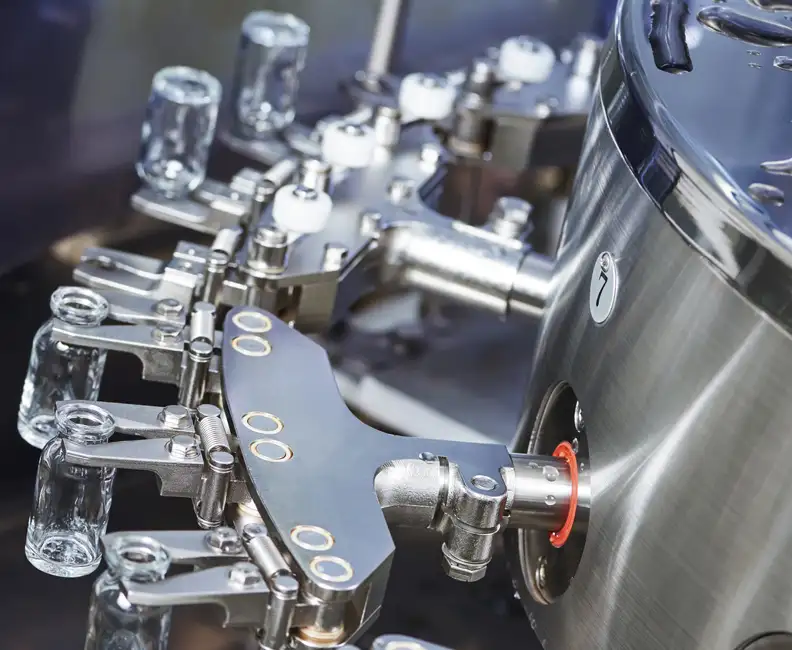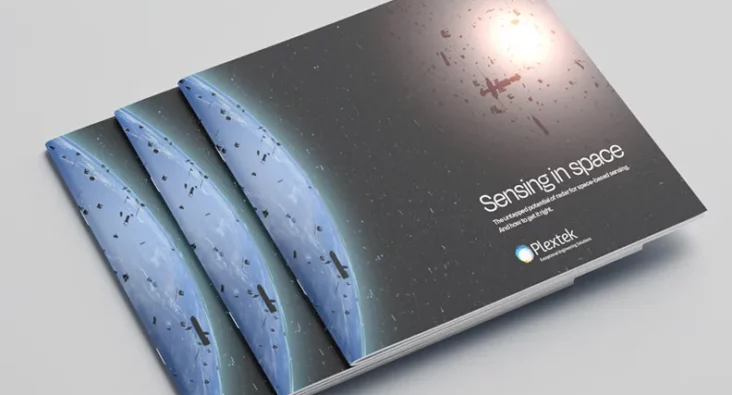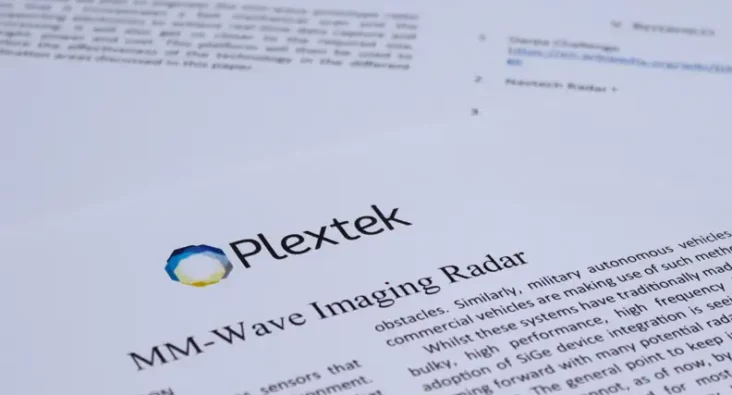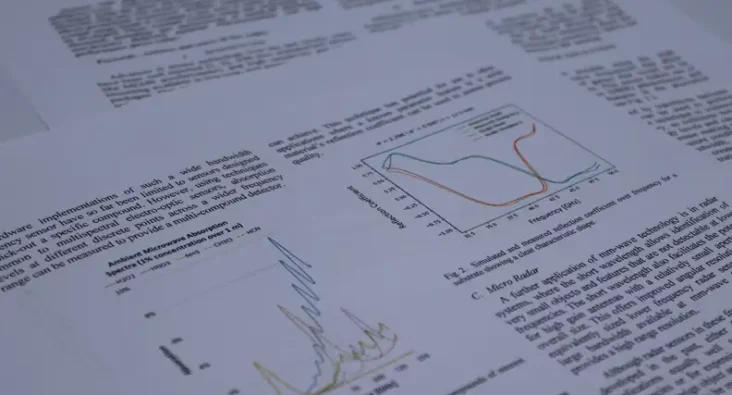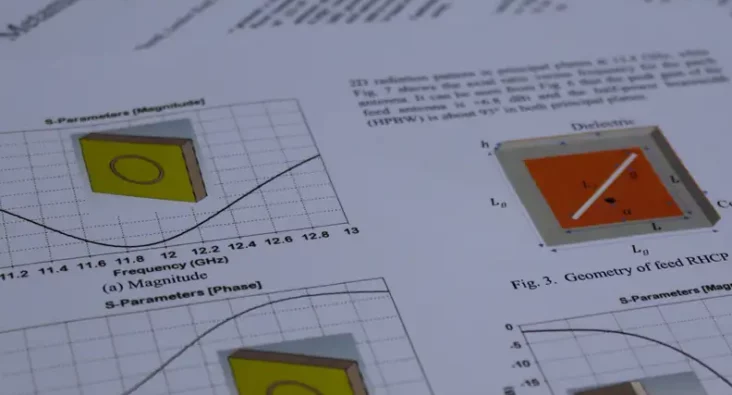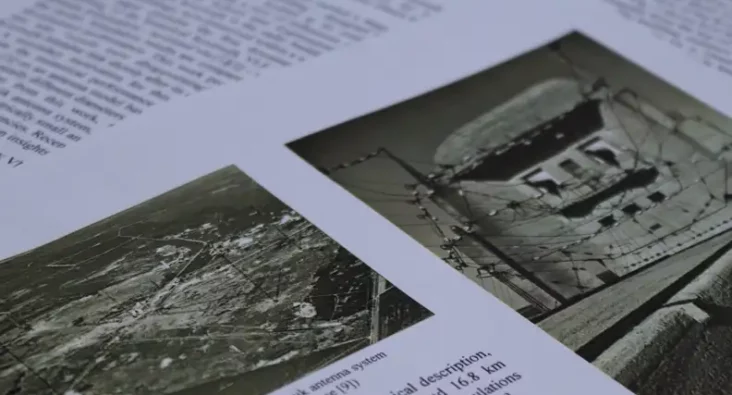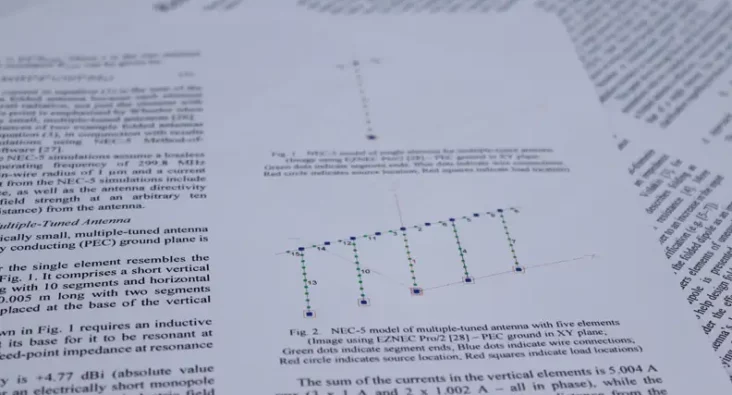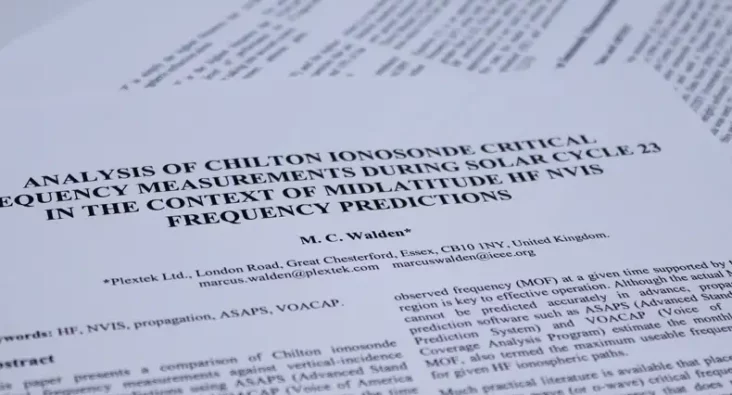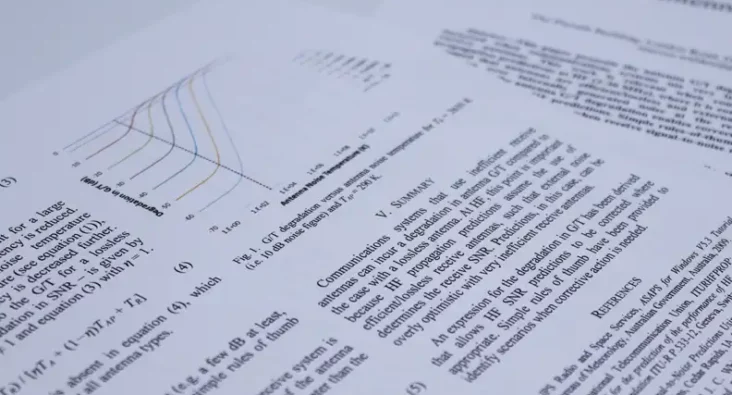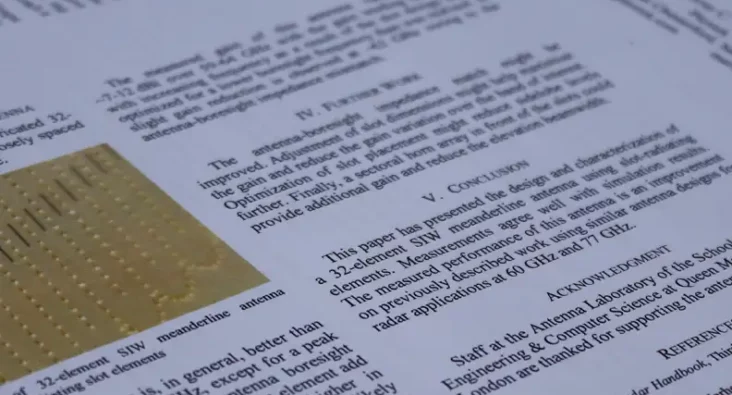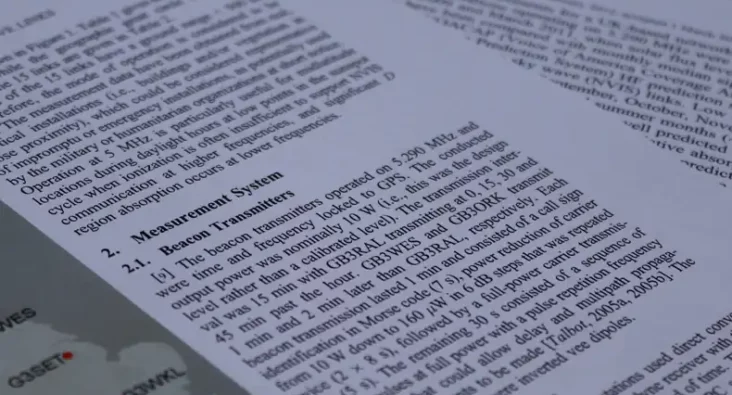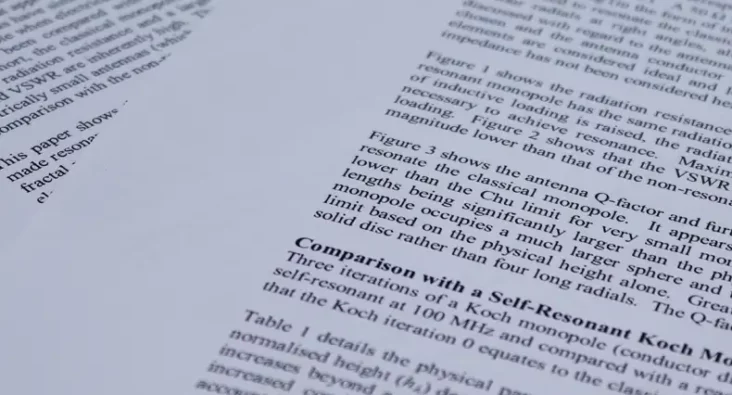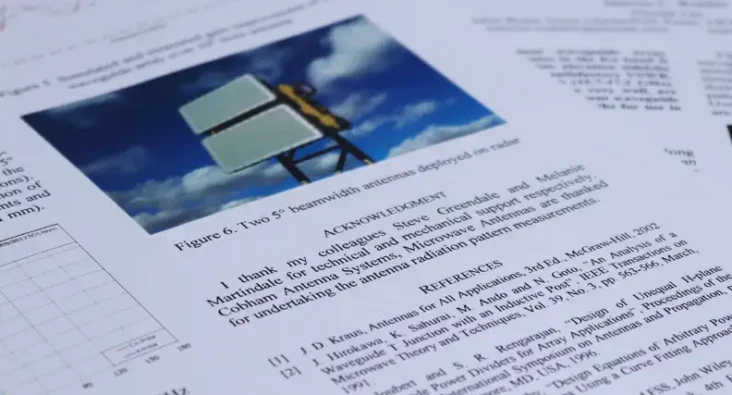The Challenge
A technology which has become ubiquitous in the young driver automotive insurance market is the installation of the in vehicle blackbox telematics unit.
The telematics devices are based on a cellular modem, GPS, accelerometer, gyroscope, and microcontroller. At Plextek we have developed a telematics unit called the VAM or Vehicle Asset Management system, and our VAM is routinely used by several leading insurance providers.
To be successful there is enormous market pressure to reduce the physical size of a products of this kind, and this is because it must fit into tight locations within a vehicle. This type of problem can transform the development of the antenna system from a straightforward integration of individual designs, focussed on specific frequency bands, to a highly complex custom development. Each antenna interacts strongly with other antennas and with other components of the product. In many ways, it can be said that the entire product becomes the antenna. Plextek began working on this technology in 1993, and since the initial brief we now work with multiple clients in this area and via our spinout business Redtail Telematics.
The Approach
Plextek can model the electromagnetics of an entire product, allowing us to predict the impact of design changes and reduce the need to iterate. In the case of the VAM, the design process also considered the likely VAM placement in the vehicle, surrounding materials, and the impact these will inevitably have on radio performance.
The result was that the VAM product uses a custom designed multiband cellular antenna, integrated onto a PCB substrate together with a custom GPS antenna. This solution exceeds the performance requirements set out in the standards, resulting in a lower product cost than the equivalent COTS antennas and allows integration into a small product package.
The Outcome
Plextek formally spun out Redtail Telematics, which provides turnkey vehicle telematics services to the fleet management and automotive insurance markets. Redtail have shipped more than six million tracking devices into line fit and aftermarket vehicles for stolen vehicle recovery. Redtail’s expertise in working collaboratively to answer challenging questions directs our efforts in working with OEMs to fulfil the potential of the connected vehicle. As well as automotive insurance, projects have included line fit vehicle tracking with Mercedes Benz, golf-cart battery health with Columbia Vehicle, and pothole detection with Jaguar Land Rover & Synaptiv.
Downloads
View All Downloads- PLX-T60 Configurable mmWave Radar Module
- PLX-U16 Ubiquitous Radar
- Configurable IOT Framework
- MISPEC
- Cost Effective mmWave Radar Devices
- Connected Autonomous Mobility
- Antenna Design Services
- Drone Sensor Solutions for UAV & Counter-UAV Awareness
- mmWave Sense & Avoid Radar for UAVs
- Exceptional technology for marine operations
- Infrastructure Monitoring







